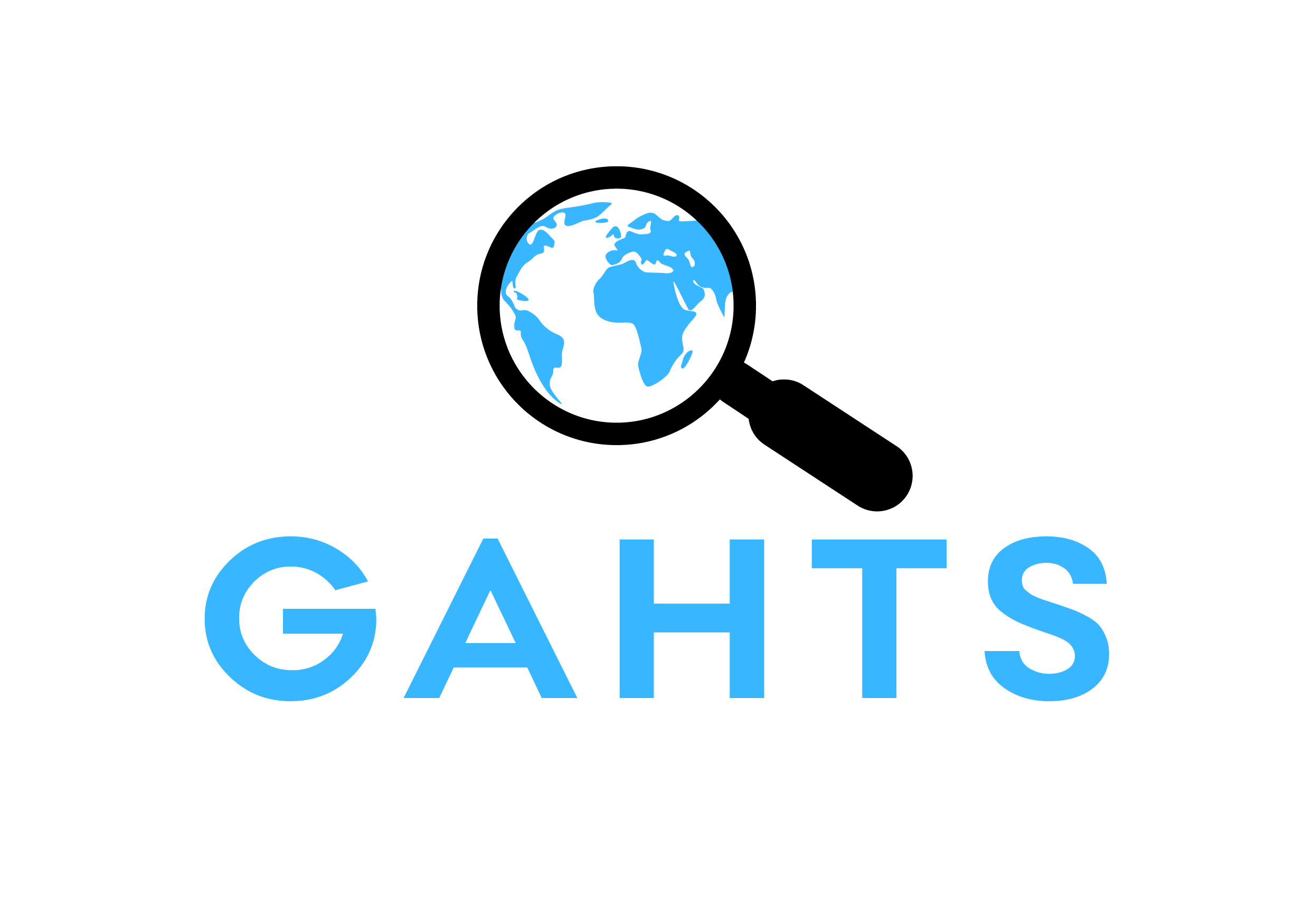A Stark Contrast of Immigration, Poverty, and Human Trafficking into the United States and out of Sri Lanka
Author: Meshelemiah, Jacquelyn & Prasanga, Amila
Abstract: Human trafficking is a global crisis. It is estimated that over 20 million people are trafficked throughout the world. Approximately 600,000 to 800,000 persons are estimated to cross national and international borders annually for trafficking purposes. In the case of the USA, reportedly, 14,500 to 17,500 people are estimated to be annually transported into the USA for reasons related to trafficking. Approximately 20% of Sri Lankans who seek work abroad find themselves in similar trafficking situations in the Middle East. The commonality between immigration into the United States and Sri Lankans who leave home in pursuit of employment is desperation and poverty. In this presentation, the authors will examine the plight of immigrants who enter into the USA while simultaneously examining the phenomenon of Sri Lankans leaving the country in the context of poverty and human trafficking. Human trafficking is a term that was officially adopted in 2000 by the US government through the Trafficking Victims Protection Act (TVPA). The most comprehensive definition of trafficking, however, is the one adopted by the United Nations, which is most frequently known as the Palermo Protocol. Human trafficking tends to primarily fall into sex and labor trafficking. Sex trafficking involves the inducement of others into commercial sex activities while labor trafficking, through the use of force, fraud and coercion like sex trafficking, involves making a person provide labor services for free; for far less than what was agreed upon; or under terms that were not agreed upon.
Keywords: poverty, immigration, human trafficking, United States, Sri Lanka
